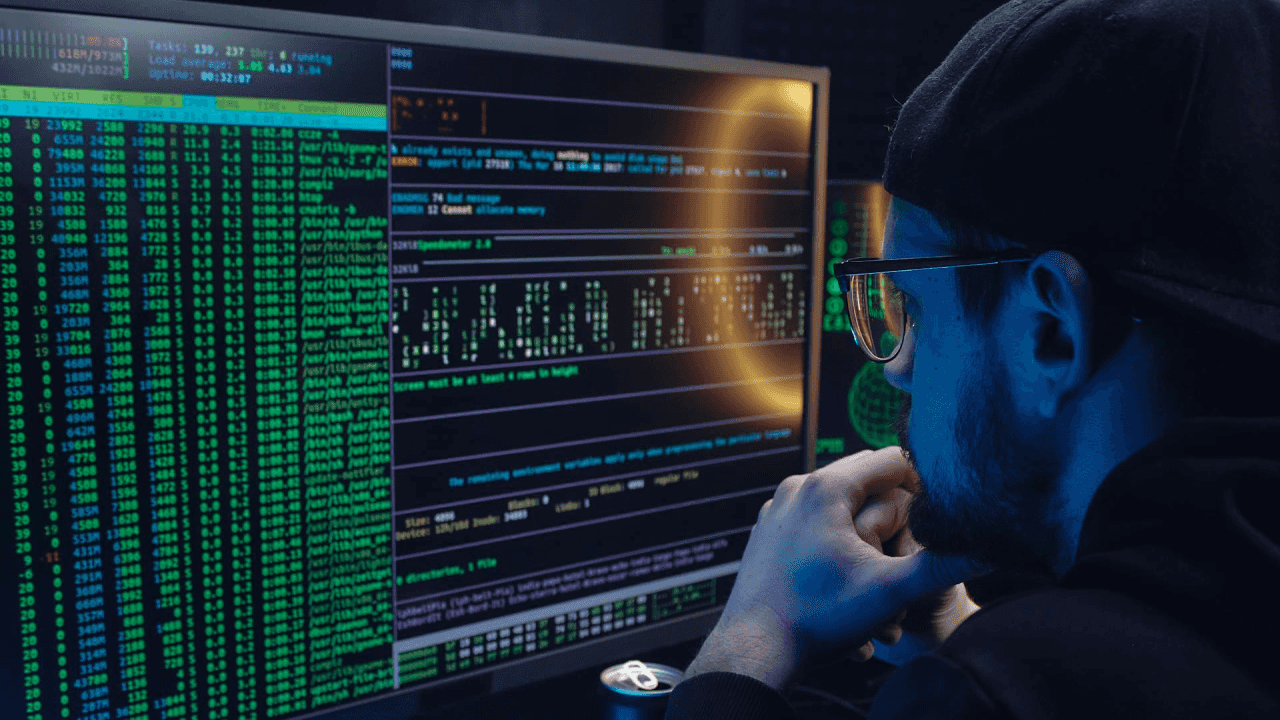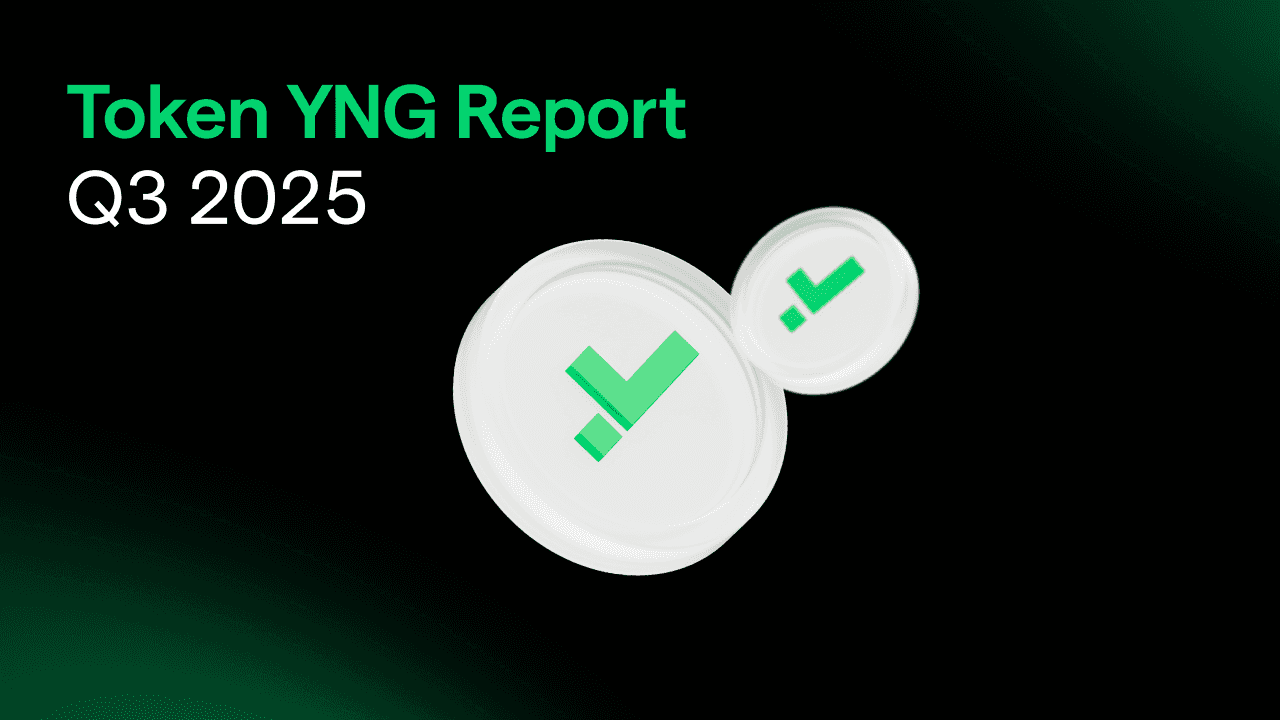
Investing in the stock market using artificial intelligence is a trend worth monitoring. What are its applications? Is it the future of finance?
Increasingly, financial players are leveraging artificial intelligence to invest in the stock market. The integration of AI-based systems and algorithms in portfolio management and trading is a trend worth exploring. In this article, you will find all the details about the implementation of artificial intelligence in investments. Happy reading!
Why invest in artificial intelligence?
As psychologists and economists, Herbert Simon demonstrated that individuals never make entirely rational decisions because several factors limit their rationality. These factors include the amount of information available, the cognitive limitations of the mind, and the time constraints that prevent entirely rational and impartial decision-making. In the world of finance, where individual decisions significantly impact outcomes, haste and emotions often influence buying and selling transactions. Have you ever purchased out of fear of missing out (FOMO) or sold your holdings because the market was crashing? In this context, artificial intelligence can help mitigate the influence of human factors, as it does not face the same structural limitations that Simon identified in our thinking.
As we shall see, artificial intelligence can be a fundamental aid to financial traders in various ways, from processing vast amounts of data to risk management, as well as in portfolio composition and trading automation. Of course, not all that glitters is gold: as we will see later in the article, an investment strategy cannot be based on AI. But let us go step by step.
How to use artificial intelligence to invest in the stock market?
Integrating artificial intelligence into investments involves using technology that merges financial analysis and data science with machine learning. This approach utilises systems that can examine vast amounts of economic data to identify recurring patterns and correlations. Artificial intelligence is capable of analysing and processing both quantitative data, such as balance sheets, price movements, and trading volumes, as well as qualitative data, including images, text, and sentiment from social media.
Artificial intelligence (AI) can provide a broader perspective and offer a more comprehensive overview of financial data. It enables the real-time analysis of hundreds of publicly traded companies using specialised financial software, such as AlphaSense, Kensho, or IBM Watson. Initially, this innovation was primarily leveraged by financial giants, such as hedge funds and asset management firms. However, investing in the stock market with AI tools is no longer exclusive to these large players, and we will explore how that has changed. So, how is AI applied in the finance sector?
Artificial intelligence and investment: use cases
As we anticipated, artificial intelligence significantly impacts financial strategies by streamlining and optimising processes that would otherwise be time-consuming. It also helps to mitigate the effects of haste and emotions in decision-making. Now, let’s explore specific functionalities that highlight the attractive synergy between artificial intelligence and investments:
Predictive analysis and price forecasting
Investing with artificial intelligence (AI) has become one of the most sought-after functions in the financial world. AI systems are capable of analysing vast amounts of both quantitative and qualitative data, ranging from fundamental company analysis to social media posts. They can identify complex patterns that may elude human analysts or traditional statistical algorithms. The goal is to discover correlations that could indicate potential future price movements. While academic research has shown that these systems can accurately predict economic scenarios, it’s essential to remember that market unpredictability is an inherent variable that must be considered in both analysis and decision-making.
Algorithmic and High-Frequency Trading (HFT)
Artificial intelligence (AI) can process vast amounts of information in fractions of a second, making it valuable for developing and executing algorithmic trading strategies. Algorithmic trading involves using algorithms to conduct trades automatically based on predefined rules. AI algorithms can be trained to perform financial transactions efficiently and at high speeds.
High-Frequency Trading (HFT) is a specialised type of algorithmic trading that leverages AI’s computational power to execute trades in less than a millisecond. This method capitalises on market micro-inefficiencies, such as arbitrage opportunities. Due to the requirement for significant liquidity and advanced, costly systems, HFT is predominantly utilised by major financial institutions, including hedge funds and investment banks.
Sentiment analysis
The emotional nature of the markets is well-known, and artificial intelligence can be a valuable tool for investing. It can summarise investor sentiment through textual analysis. Unlike traditional news classification algorithms, which usually provide a binary assessment—simply labelling sentiments as ‘Yes/No’ or ‘Positive/Negative’—artificial intelligence conducts a more in-depth analysis of the content. It examines contextual elements such as ‘why‘ or ‘when,’ resulting in more accurate insights.
Portfolio optimisation and risk management
Investing with artificial intelligence involves using AI systems for the construction and management of investment portfolios. AI algorithms can analyse historical data to identify assets that are likely to perform well under specific market conditions. After a portfolio is assembled, AI systems can monitor its performance and suggest adjustments or dynamically rebalance it based on investment objectives or changing market conditions.
Risk management, which involves measuring risk to develop strategies for containment or reduction, can also benefit from the application of artificial intelligence. AI systems can create sophisticated risk models that take into account adverse macroeconomic variables, such as potential international conflicts, as well as portfolio vulnerabilities, like excessive exposure to specific sectors. Once critical issues are identified, the AI can recommend strategies to mitigate and reduce these risk factors.
Extraction of synthetic data:
Thanks to advancements in computing speed and machine learning, artificial intelligence can create realistic market scenarios by combining historical data—such as the dot-com bubble and the 2008 financial crisis—with synthetic data. This allows AI to generate models or portfolios optimised for specific situations. For example, if we had asked an AI in 2021 to provide an overview of market reactions to a hypothetical Russian invasion of Ukraine (which occurred in 2022), it would likely have predicted a rise in commodity and energy prices, enabling the development of a tailored strategy.
Retailers can also invest in the stock market with artificial intelligence
In recent years, several tools and platforms based on artificial intelligence have emerged, making this technology accessible to the retail market of individual investors. These include:
AI-based Robo-Advisors
Automated investment platforms that use algorithms to create and manage portfolios structured on questionnaires that reflect the retail investor’s preferences (risk, time horizon, objectives). The advantages of these instruments primarily concern management costs and access to capital, which are typically lower than average. However, the excessive responsibility entrusted to algorithms could prove counterproductive in situations of high volatility. Specifically, significant price fluctuations could ‘throw off’ the criteria that manage the operations of robo-advisors and lead them into error.
Trading platforms with integrated AI
Many trading platforms have begun to incorporate AI-related features to enhance investment efficiency. TrendSpider is one of the most popular platforms, offering automated technical analysis and tools for designing and testing algorithmic strategies without the need for coding. Other tools are focused on generating real-time trading signals or implementing algorithmic trading.
AI-managed ETFs
These are exchange-traded funds (ETFs) that are constructed and managed by artificial intelligence (AI) algorithms. They incorporate functions such as portfolio optimisation and risk management, enabling individual investors to harness the potential of artificial intelligence for stock market investments. One example is the Amplify AI-Powered Equity ETF (AIEQ), which analyses millions of data points using IBM’s Watson.
Sentiment and market analysis with generative AI
Chatbots like ChatGPT, which we use daily, can serve as aggregators of financial news and also help us deepen our understanding of the topic. However, it’s essential to fact-check the information provided, as it may be out of context or outdated.
Not only traditional finance, but also artificial intelligence and cryptocurrencies
Artificial intelligence and cryptocurrencies are two fields that share many similarities and represent some of the most significant technological advancements of our time. Within the crypto space, there is a specific sector focused on integrating AI with blockchain technology, commonly referred to as Crypto AI. Cryptocurrencies like Render (RNDR), The Graph (GRT), and Near (NEAR) are designed to decentralise AI services, ensure the authenticity of information through blockchain transparency, and enhance data computing and storage capabilities.
Using human intelligence to invest in the stock market with artificial intelligence
The tools we’ve just explored have significant potential in both traditional and decentralised finance. However, it’s essential to stay informed and critically assess both the advantages and disadvantages of investing with artificial intelligence (AI). Often, when a disruptive technology like AI emerges into our lives, there’s a risk of becoming overly fascinated and falling into traps set by those who exploit the excitement surrounding these innovations.
A rise in AI-related fraud has unfortunately accompanied the growth of AI. According to the American Securities and Exchange Commission (SEC), there has been an increase in unregistered and illegal trading platforms, as well as scam platforms that utilise artificial intelligence (AI) to appear credible. These fraudsters may use AI to create deepfake videos or produce fake phone calls from authoritative figures, thereby manipulating potential victims. They also design convincing websites and generate promotional content to enhance the perceived legitimacy of their platforms.
It’s crucial to remain grounded and use our judgment to avoid unpleasant situations. Take the time to study the platforms and make informed decisions—don’t let the fear of missing out (FOMO) influence you. In the meantime, stay informed: at Young Platform, we continually publish relevant news updates. Subscribe below to stay updated!




